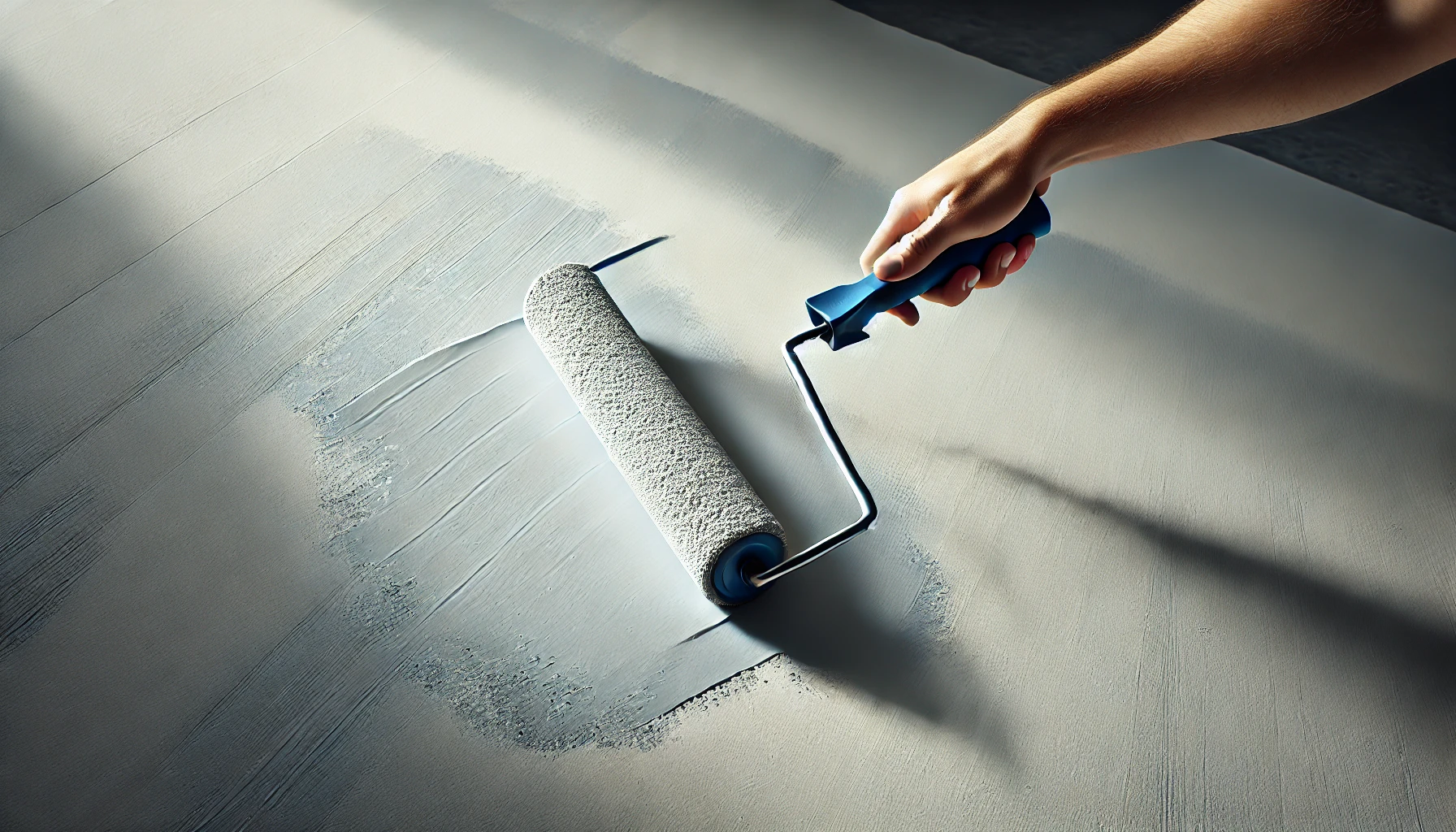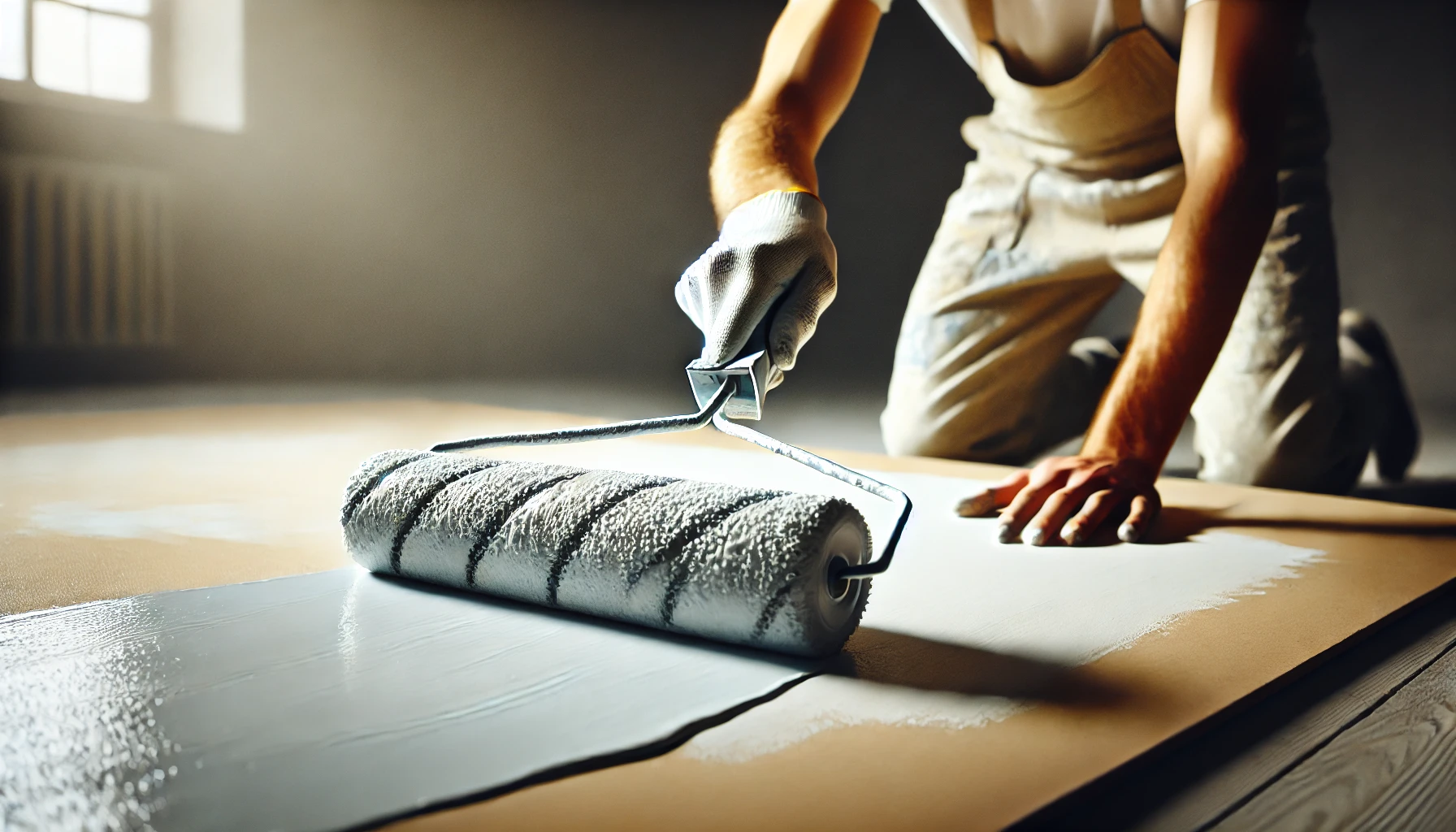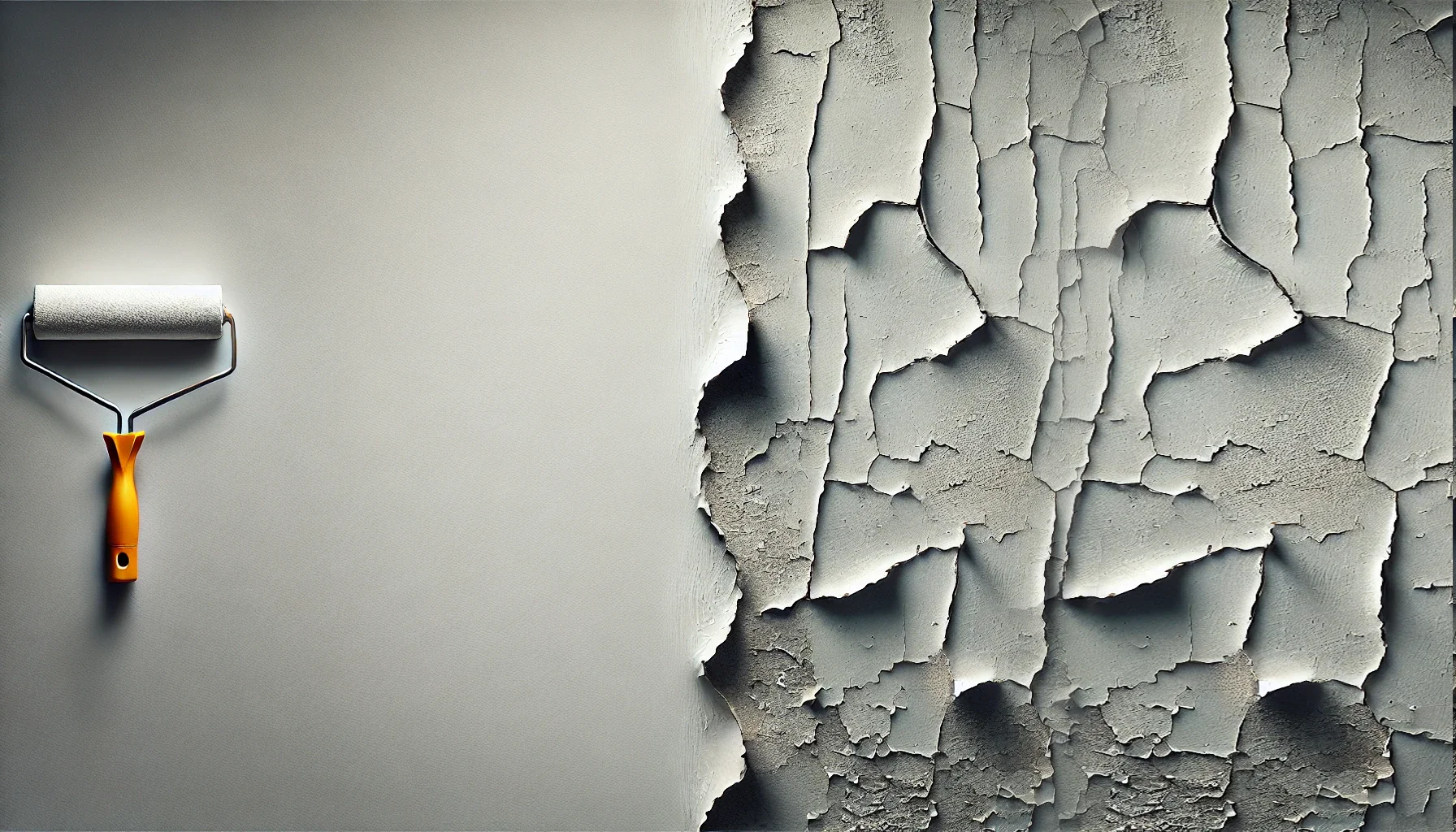How to Choose a Primer for Different Surfaces
Introduction
Whether you’re refreshing a single room or tackling a large renovation, one critical step to ensure a smooth and durable finish is using the right primer. A primer helps paint adhere properly to a surface, improves the overall durability of the paint job, and provides a clean base for the final coat. However, not all primers are the same, and selecting the right one depends on the surface you’re working with—be it walls, wood, metal, or concrete. In this guide, we’ll break down how to choose the perfect primer for each surface and ensure your project has a professional, long-lasting finish.
The Importance of Using a Primer
A primer does more than just prepare a surface for paint. It acts as a sealant, prevents stains and marks from showing through the final coat, and increases paint adhesion, ensuring your paint job lasts for years. For porous surfaces like brick walls or wooden surfaces, a primer prevents the paint from being absorbed unevenly, while for non-porous surfaces like metal surfaces, it helps with adhesion. Primers also offer protection against issues like rust on metal or tannin bleed from wood, which can ruin an otherwise perfect paint job. Skipping the primer or using the wrong one can result in peeling paint, poor adhesion, and the need for extra coats, costing more time and money.Understanding Different Surfaces and Their Needs
Each type of surface has unique properties that can affect how well the paint adheres and how it looks. For example, a plastered wall is highly absorbent, and wooden surfaces can have knots or natural oils that interfere with paint. Metal surfaces may rust, and concrete has rough textures that require a thick primer to create a smooth surface. Understanding these unique challenges will help guide you toward selecting the appropriate primer, which will enhance the durability and aesthetics of the final paint job. Whether the surface is porous, slick, prone to moisture, or exposed to the elements, there is a primer designed to meet those needs.Choosing the Right Primer for Concrete and Masonry Surfaces
Concrete and masonry surfaces, are highly porous and often rough. A good masonry primer is essential to seal the surface and create a smooth foundation for paint. For exterior concrete, consider using a high-build primer that can fill in small cracks and imperfections. This type of primer will also protect against water infiltration, which can cause paint to peel over time. Interior concrete surfaces, like basement floors or walls, can benefit from a water-based primer, which seals the surface and prevents the absorption of moisture, ensuring the topcoat adheres well and remains durable.
Selecting a Primer for Wood Surfaces
Wood surfaces come with their own set of challenges. Knots, tannins, and the grain can bleed through and ruin your paint finish if not properly sealed. When working with raw or unfinished wood, it’s crucial to use Wood Primer or Sanding Sealer to prevent these issues. This type of primer seals the wood and creates a smooth, paint-ready surface. For painted or varnished wood, a bonding primer is essential as it ensures the new coat of paint will adhere properly. It’s also a good idea to lightly sand the wood before priming to enhance adhesion and ensure an even finish.Primers for Metal Surfaces
Painting metal surfaces requires special attention to prevent issues like rust, corrosion, and peeling. Bare metal should be primed with an etching primer, which contains chemicals that create a strong bond between the metal and the paint. This is especially important for metals like aluminium or steel, which tend to be slick and difficult for paint to adhere to. If you’re working with rusted metal, a rust-inhibitive primer is key. This type of primer not only helps the paint adhere but also protects the metal from further corrosion, extending the life of your paint job. For galvanised metals, which resist rust but are tricky to paint, a specialised galvanised metal primer should be used.Right Primer for Drywall Surfaces
Drywalls are becoming increasingly popular due to their easy installation and low dead weight. However, their porous nature makes them highly absorbent. Without a primer, drywall can soak up paint unevenly, resulting in an inconsistent finish. For older or damaged drywall that has been affected by stains or smoke, an oil-based primer may be a better option, as it provides superior stain-blocking capabilities.Tips for Applying Primer Correctly
Proper application of primer is just as important as selecting the right type. Start by thoroughly cleaning the surface to remove any dust, dirt, grease, or old paint chips. For surfaces like wood or metal, light sanding will help create a smooth, even surface, improving the primer’s adherence. Use the right tools for application: a brush for tight corners and edges, and a roller for larger surfaces. Be sure to apply primer in thin, even coats, allowing each coat to dry completely before adding another. Typically, one coat of primer is enough, but highly porous or stained surfaces may require two coats for maximum coverage.
Common Mistakes to Avoid When Choosing a Primer
One of the most common mistakes people make is choosing a primer that is not suited for the surface they are working with. Another frequent mistake is skipping the primer altogether, especially when painting over difficult surfaces or in high-traffic areas. Many believe they can skip the primer to save time, but this often results in more work later, as the paint may not adhere well or will require multiple coats. Investing in a good primer from the start will save time, money, and effort in the long run.
